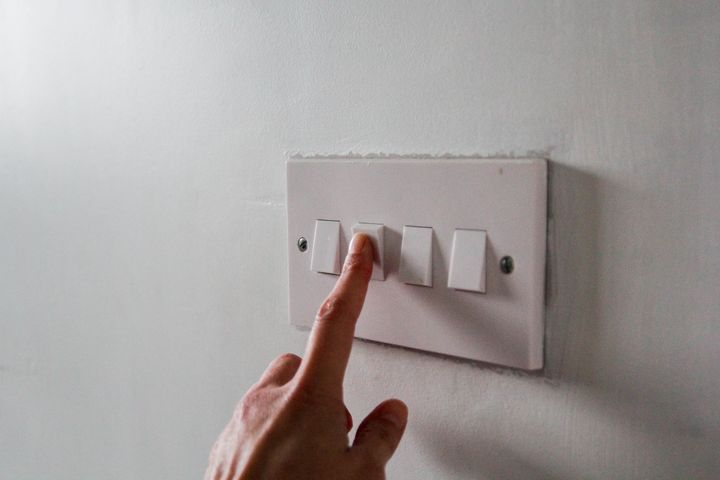
Even if you turned off all of your household electrical goods for a year, you would probably still have to pay an annual fee to your energy supplier.
This applies to everyone whose bills are part of the energy price cap put in place by energy regulator Ofgem. If you pay via a default energy tariff, direct debit, standard credit or prepayment meter, you are protected by the cap.
You may not have to pay exactly the same annual fees to your energy supplier if you are not protected by the cap, if your household is on a fixed-term energy tariff or use a standard variable green energy tariff Ofgem has exempted from the cap.
Here’s what you need to know
The energy price cap (roughly the most a household can be charged in a year for energy bills) is going up to £3,549 for the average home on October 1.
This is a significant increase, meaning many people are now looking at how they can reduce their usage especially as winter creeps in.
Ofgem divides the amount you pay each month into how much electricity you use and how much gas you use, along with a standing charge for each import.
This standing charge is the fixed daily amount a household pays for gas and electricity (separately).
It covers the cost of supplying your energy, rather than how much you use. So, even if you don’t use anything for a whole day, you’ll still pay the standing charge.
Under the energy price cap, Ofgem is using standard charges to recover the cost of the energy companies who went under in 2021.
According to Money Saving Expert’s website, this is a total of £1bn.
Some of the standard charge fee also goes towards supplier failures, fixed network costs (maintaining energy networks) and policy costs (green levies, for instance).
Here’s how your energy bill is divided up
Right now, the average daily standing charge for gas is 27.22p, and for electricity 45.34p.
When the energy price cap increases next month, this goes up to 28.49p for gas and 46.36p for electricity.
So from October, if you have gas and electricity metre on direct debit, you’ll be paying £273 a year even if you don’t use any energy.
You’re also charged more money based on your usage.
It costs 28p per kilowatt used per hour (kWh) for electricity use – this will increase to 52p per kWh – and 7p per kWh for gas – this is going up to 15p per kWh from next month.
A ‘moral hazard’
As Money Saving Expert Martin Lewis noted on ITV’s Good Morning Britain, explaining: “Even if you try to cut your energy costs, the lower you go down, the less of an impact using less energy has for you.”
Similarly, Gary Caffell, MoneySavingExpert.com’s utilities editor, said: “It’s disappointing to see no action being taken to start to shift the burden of fixed costs away from the standing charge.
“The standing charge is a moral hazard, as it means those who are desperate and trying to cut back their energy usage gain little benefit from it – that’s why we’ve been calling on Ofgem to address this, while ensuring protections are in place for vulnerable customers with high usage.”
Why won’t Ofgem scrap the standing charge?
Money Saving Expert was calling on Ofgem to push these costs onto unit rates instead.
The regulator says this is because it would result in much higher costs for those who use a lot of energy, included the disabled community and people with electric heating.
Ofgem told MoneySavingExpert.com that the “numbers just didn’t stack up” when it considered dropping the fee.
“Our analysis shows it would disproportionately negatively affect some of the most vulnerable consumers who use high amounts of energy and are least able to reduce their use, such as those with disabilities and the elderly, while resulting in minimal savings for those it would benefit – around just £1 a month.
“While this was specifically in relation to recovering supplier of last resort costs, we will continue to keep standing charges under review and consult widely on any possible future changes.”